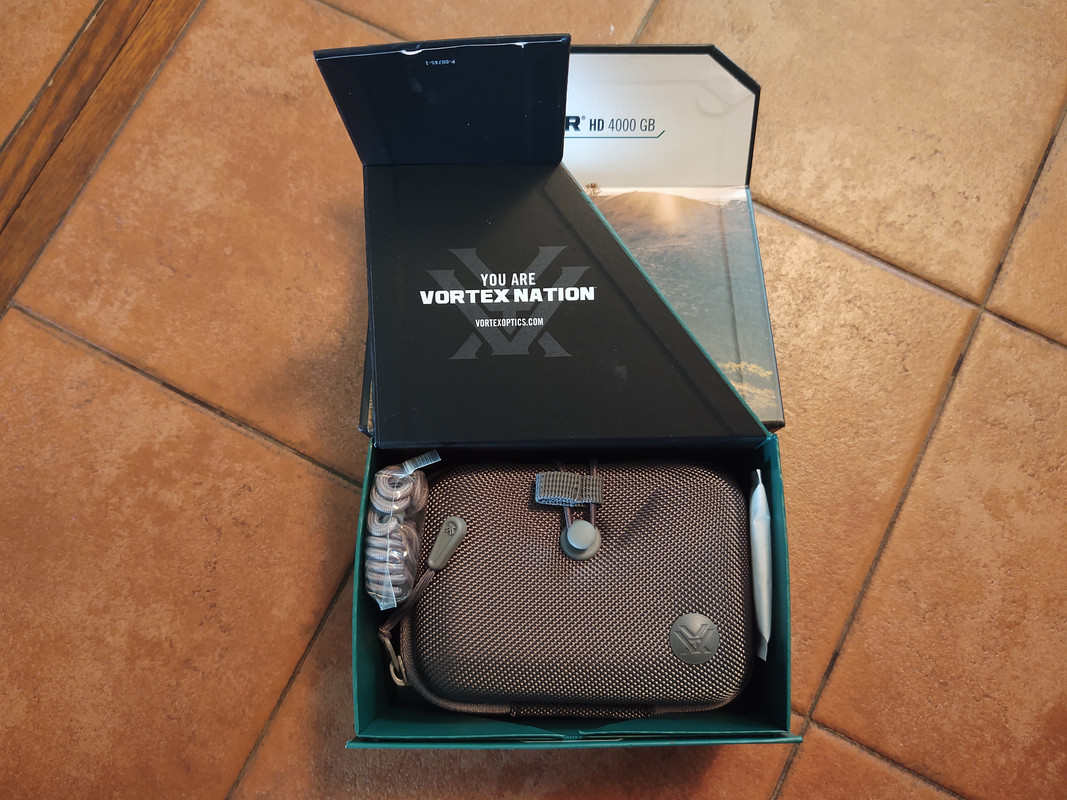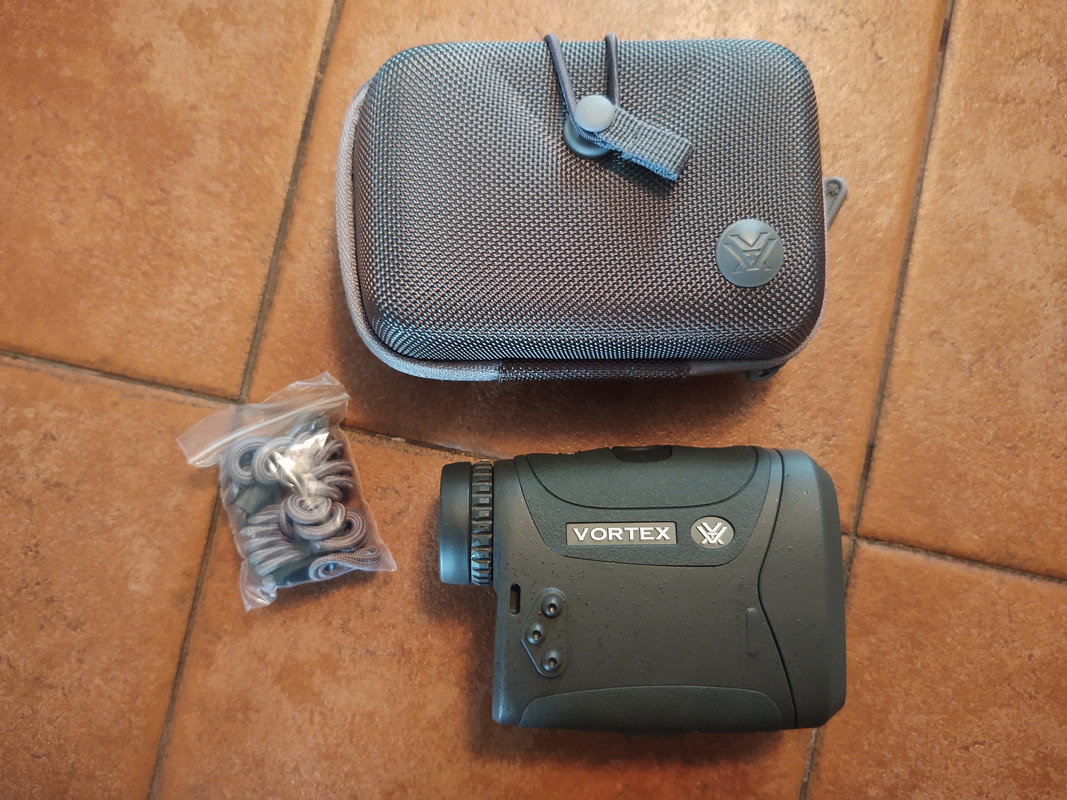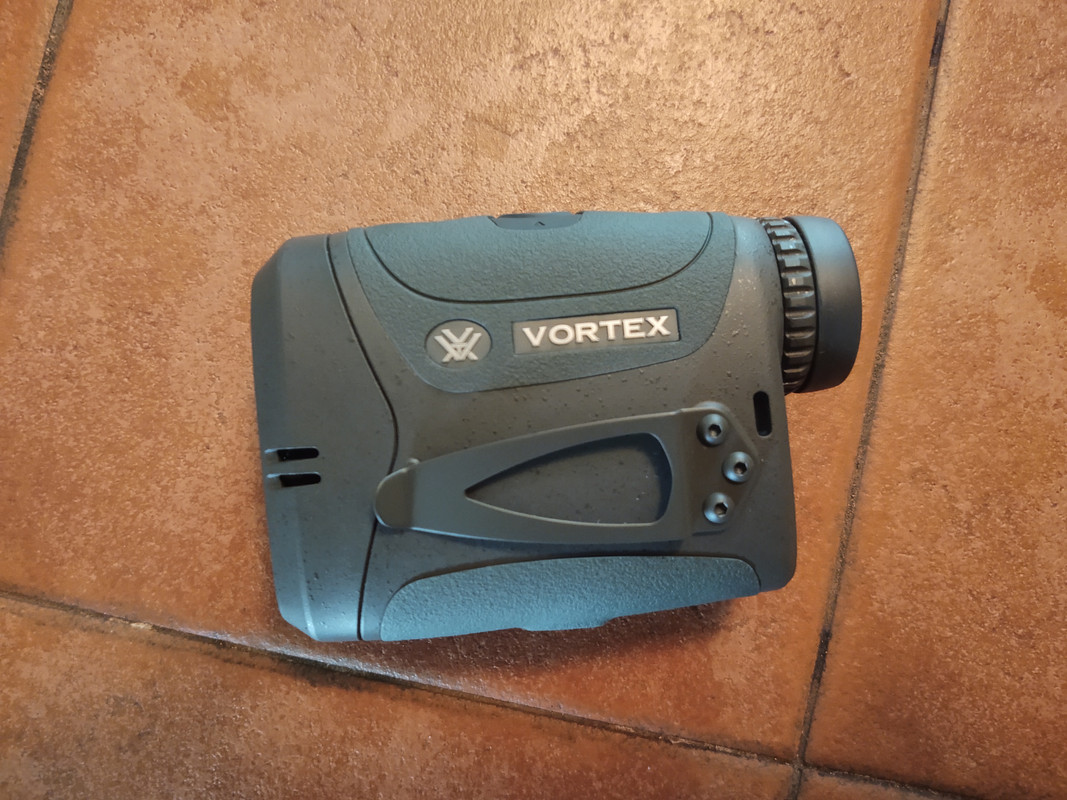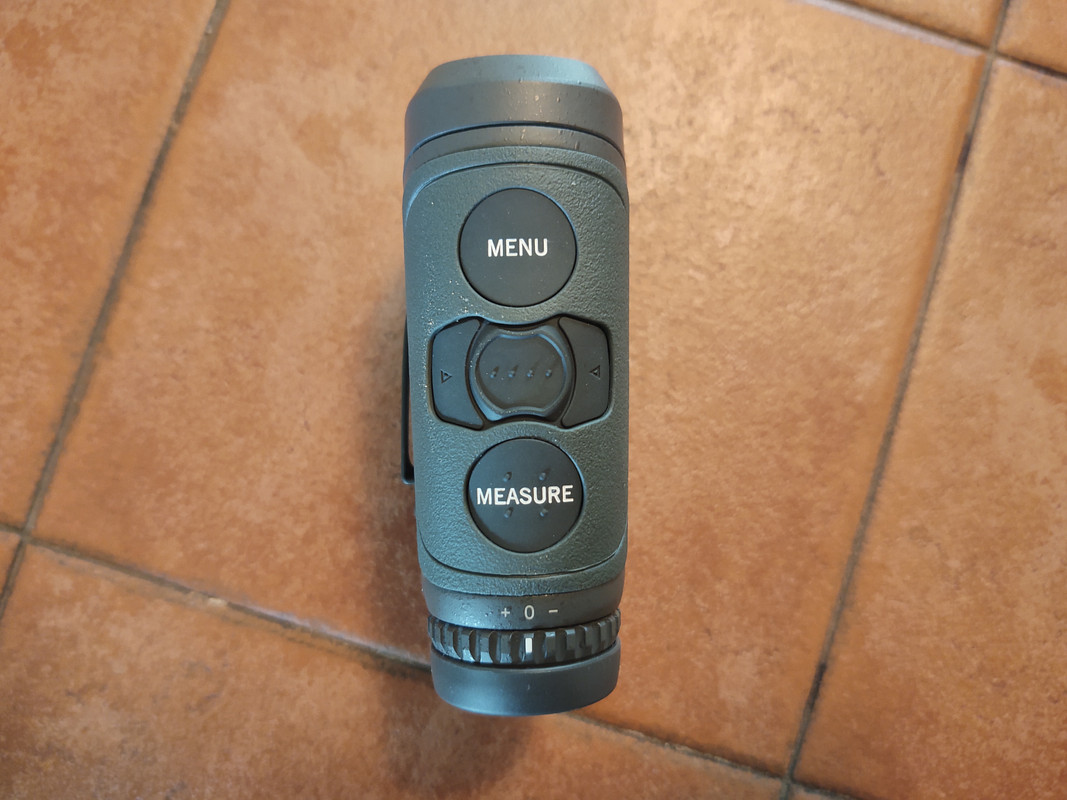
A while back, I got a chance to test out a set of Vortex Fury AB binos and was pretty impressed. So when I saw that they had a new CRF in the Razor lineup that included full environmentals, a new ballistics engine, their wind capture system, and some form of a connection to a Kestrel, I was intrigued. They had done some interesting things with the Fury AB, so I wanted to see what the HD 4000 GB had on offer. Of particular interest to me was their new Geoballistics solver. I also wanted to see how the wind capture inclusion carried over as well as how the new CRF interacts with a Kestrel. The Fury AB has the full AB solver onboard and connects with a Kestrel for a full integration, but clearly, Vortex has not leveraged that relationship with the new Razor, so I was interested to see what they came up with.
Feature summary
In quick summary, the new Razor is a CRF that includes full weather environmentals to include temperature and pressure. It integrates Vortex's wind setting/capture system that they had on the Fury AB, making manual entry of wind data very quick and efficient. It also includes an onboard compass and inclinometer so that it can feed all of this information to their new ballistic engine, Geoballistics. It is Bluetooth enabled so that configuration can be done via their app, and it provides some connectivity with a Kestrel, should you want to utilize one. Overall, it's a pretty full featured CRF, but with some deviations from the feature set of the Fury AB.
What's in the box

When you first open the box, you will find the Razor inside a fairly solid protective case. It has mounting points on the back side so you can attach it to your belt etc., but honestly, I felt like the case was too big and bulky. It certainly is solid and felt secure, but it's not anything I would ever use except in general transit. Other than that, it does include a pretty nice quality lanyard and also includes a battery, so you are pretty much set to go as soon as you open the box.
Physical
First impressions on the RF, it's a little thicker than most CRF's I have used. While I am not certain as to why this was necessary, most likely it was due to the need for space for the additional wind capture buttons that they brought over from the Fury, as well as to make room for the integral tripod mount. Both of these features are appreciated, especially the wind capture capability that I'll cover shortly. It also has a built-in clip that allows you to put it in your pocket and clip it in place like a pocket knife. I would not personally ever use that, but it's reversible for left or right side mounting, and I suppose you can probably remove it if you'd like to slim it up just a bit.

The clip can be moved for either left or right-side use. While I prefer to use a pouch, this would provide for more secure storage for those that prefer to just slip their RF in a pocket for quick access
Of course, it has all the expected things as well, including a range button, menu button, lanyard mounting point, adjustable eye cup, diopter adjustment and battery cover. Speaking of which, I appreciate that Vortex uses a flip up tab on the battery cover, making field battery changes easy. Overall, while a bit bulky, it feels very solid and, while it was a bit tighter than usual, I was still able to fit it into any of the rangefinder pouches I have laying around.
Optics
The optics on the Razor are quite good. Don't get me wrong, we are not talking Leica level glass here, but the Razor is very clear. Color cast was neutral, lacking that 'blue' cast that you sometimes see. And it was sufficiently bright that I never felt like I was impeded from ranging through shooting light.
The display is pretty much what you would expect, giving you your distance, ballistics data etc. via a red display. The internal diameter of the reticle is 3mrad, and the measurement across the vertical and horizontal posts of the reticle is 6mrad.
Overall, no surprises here, it was solid and worked fine for me. I did not find it overly cluttered but felt like I had good access to the data I needed to make a shot.
Last edited:


